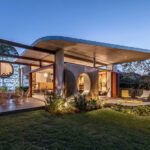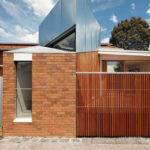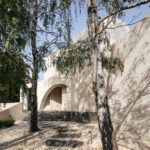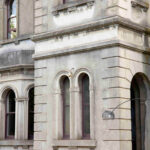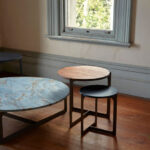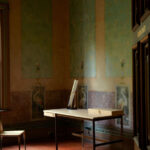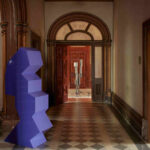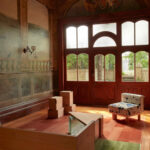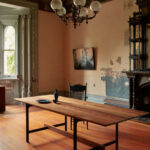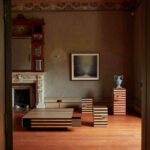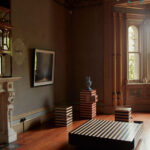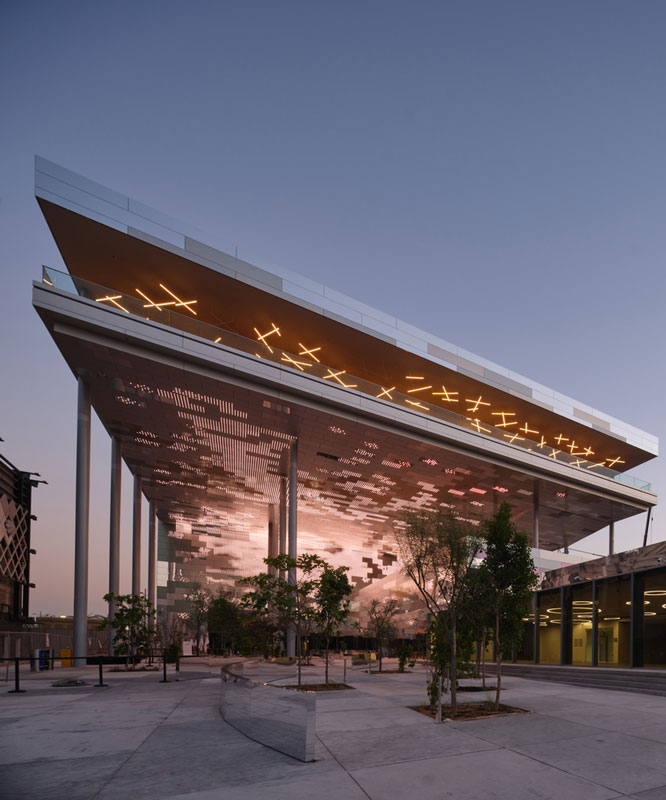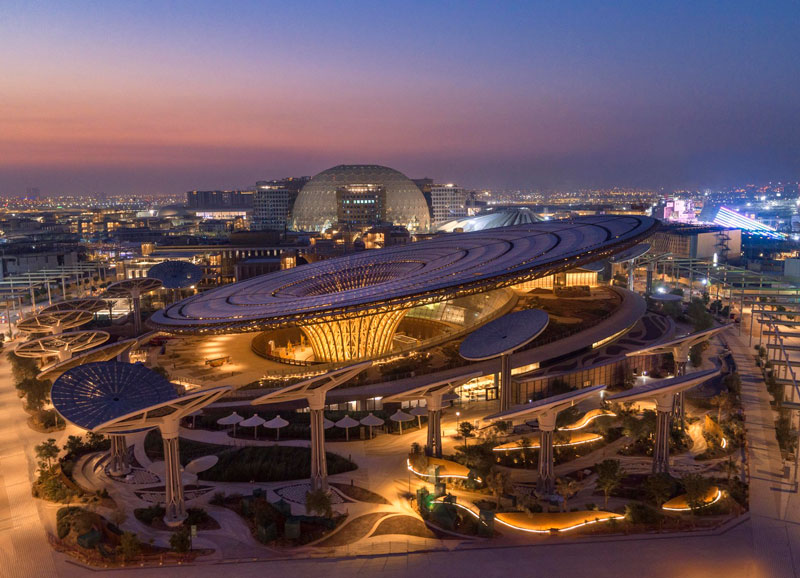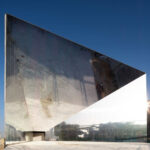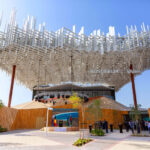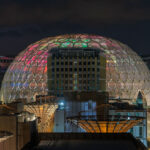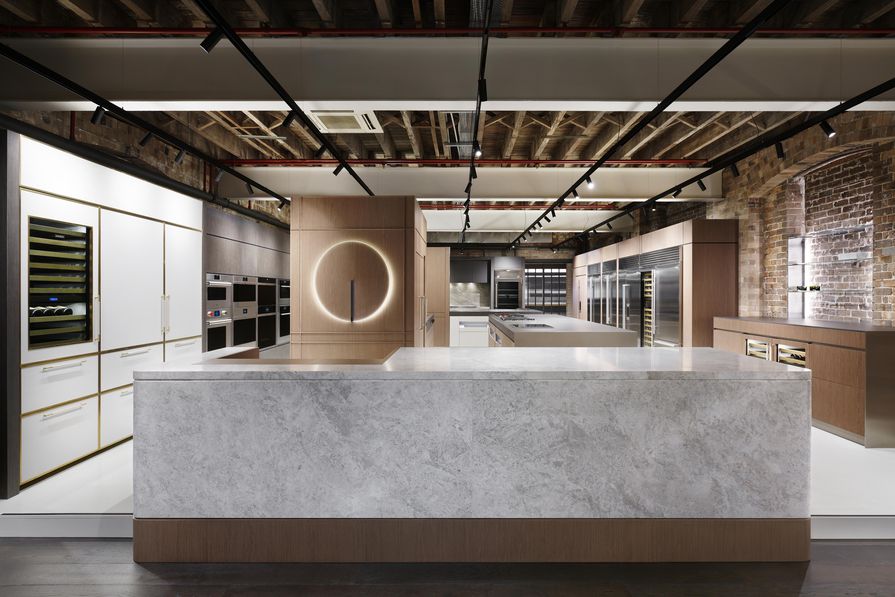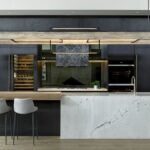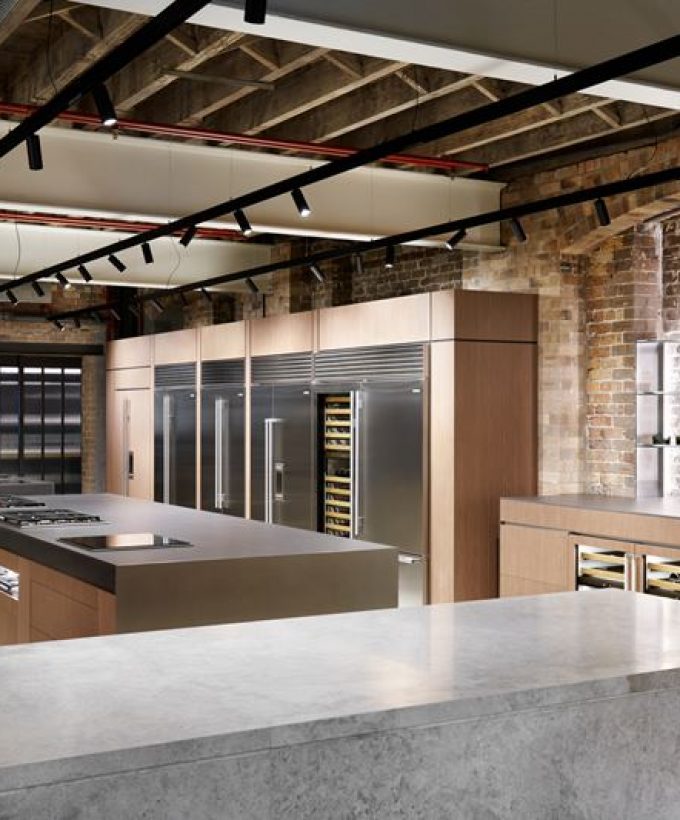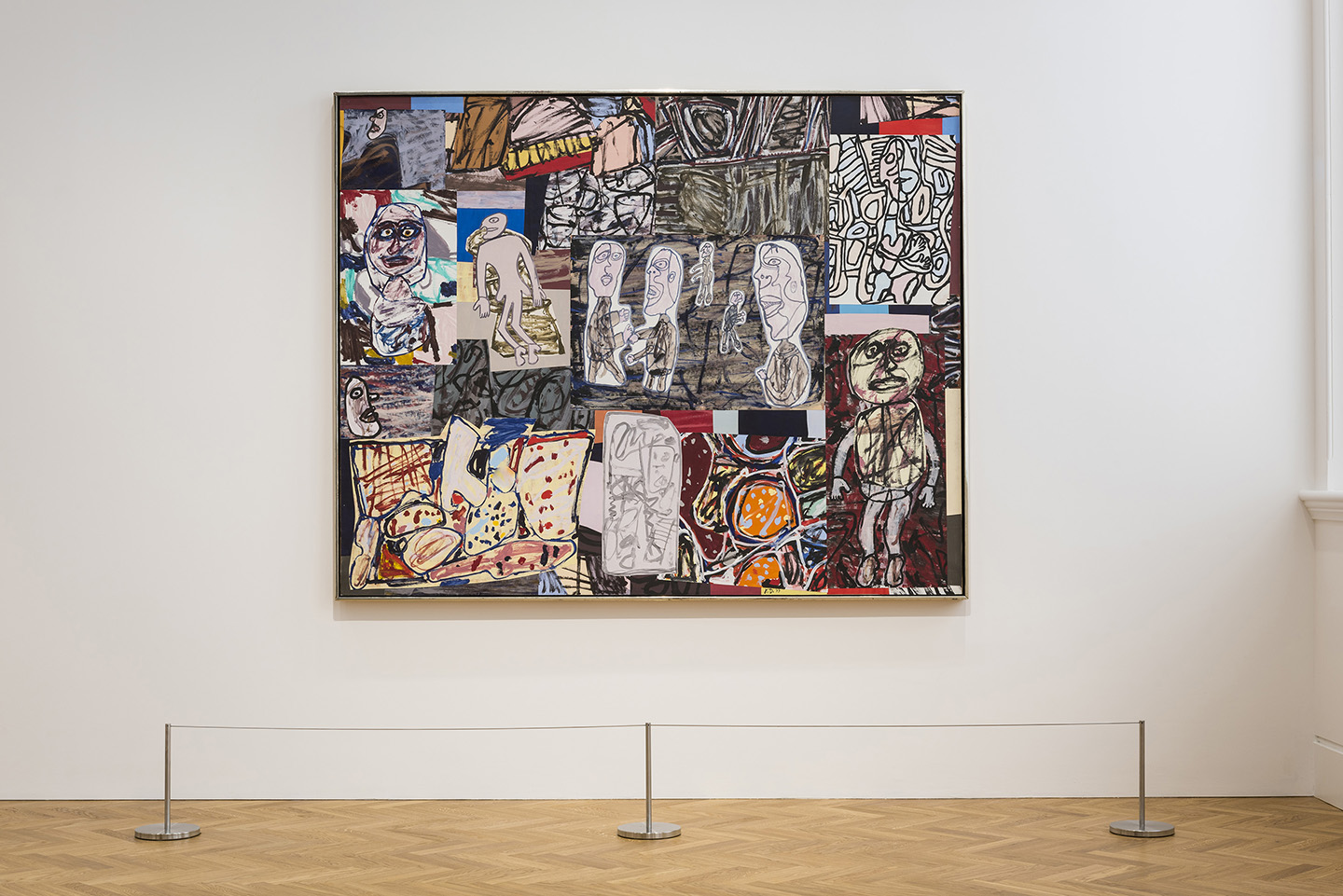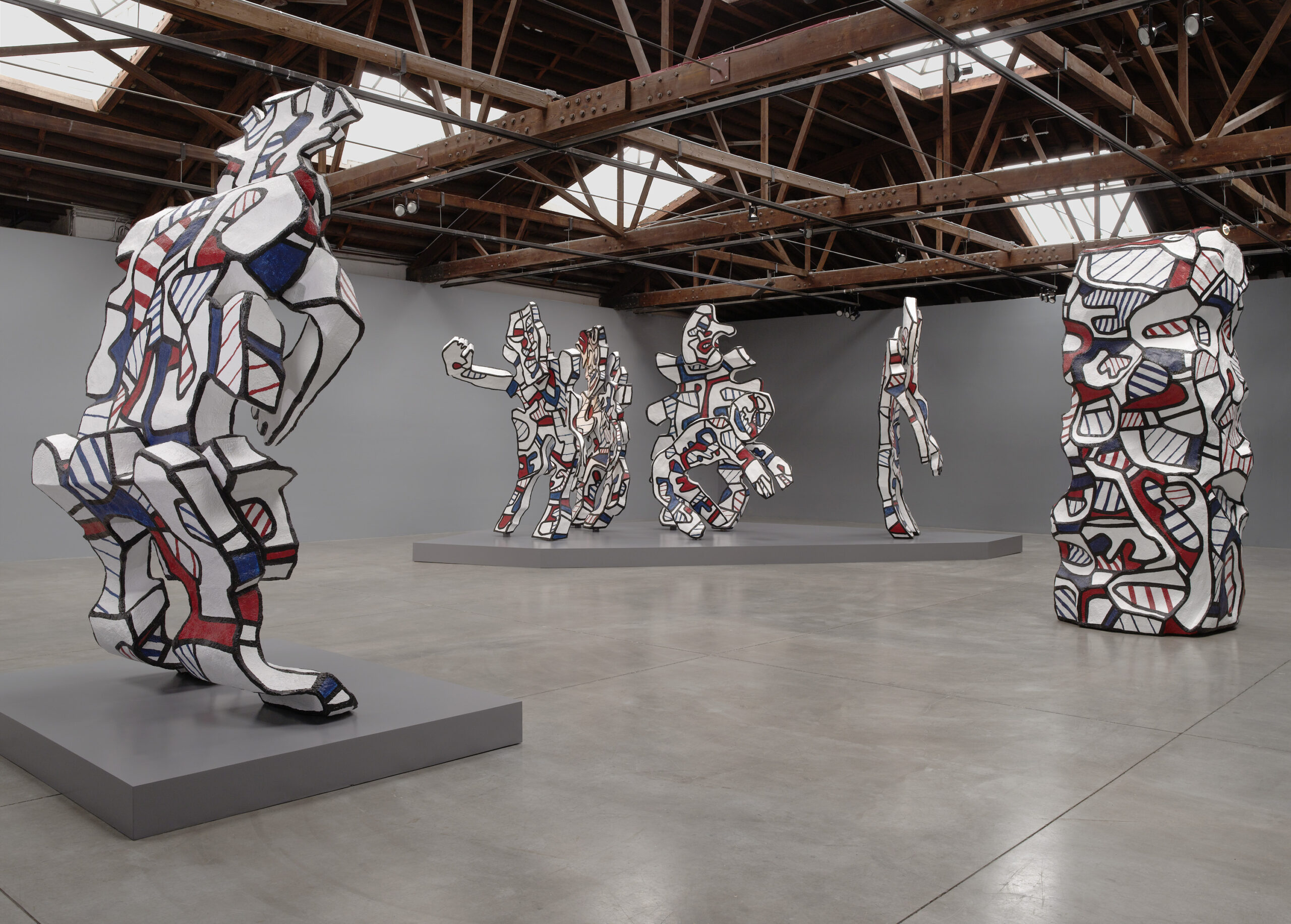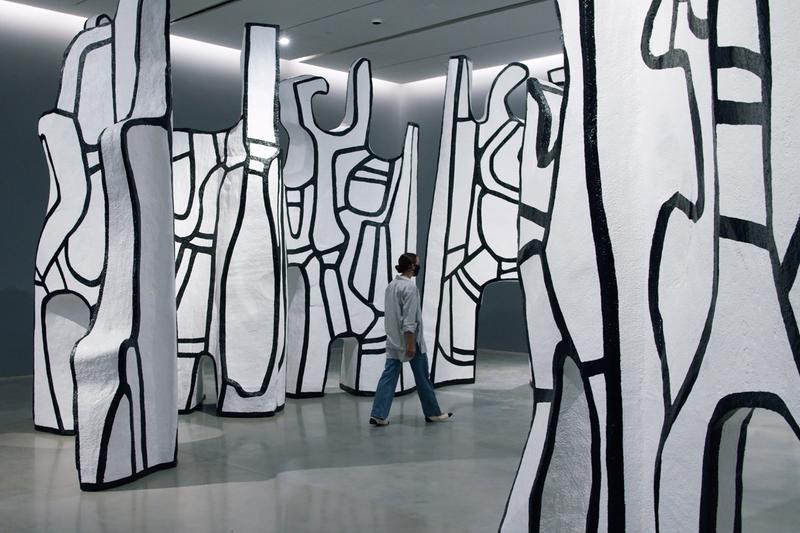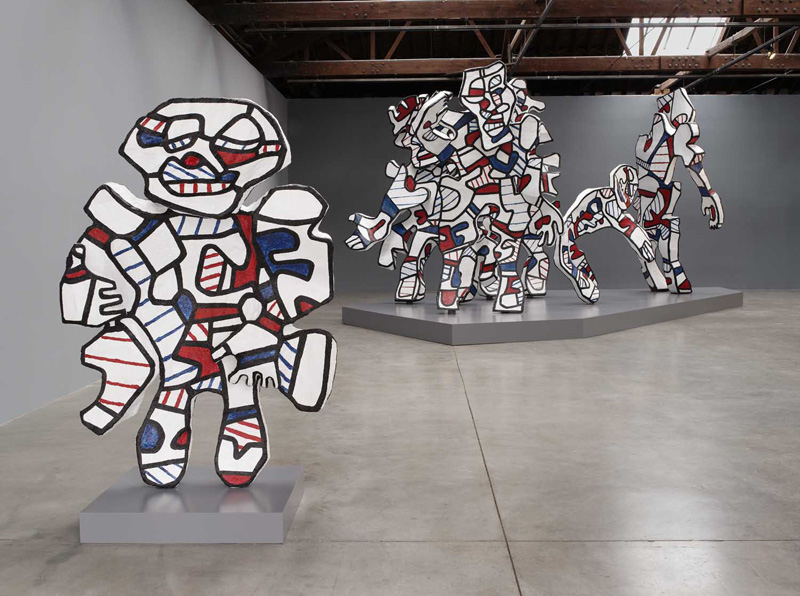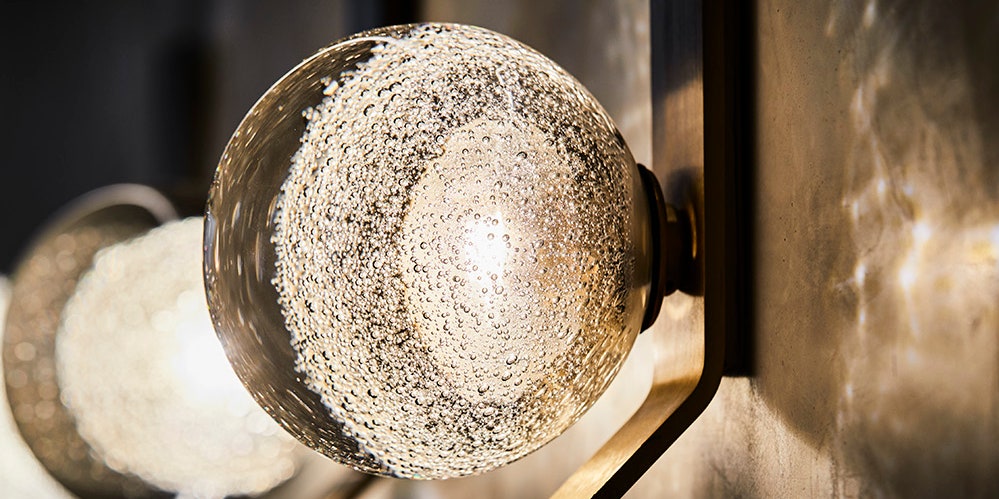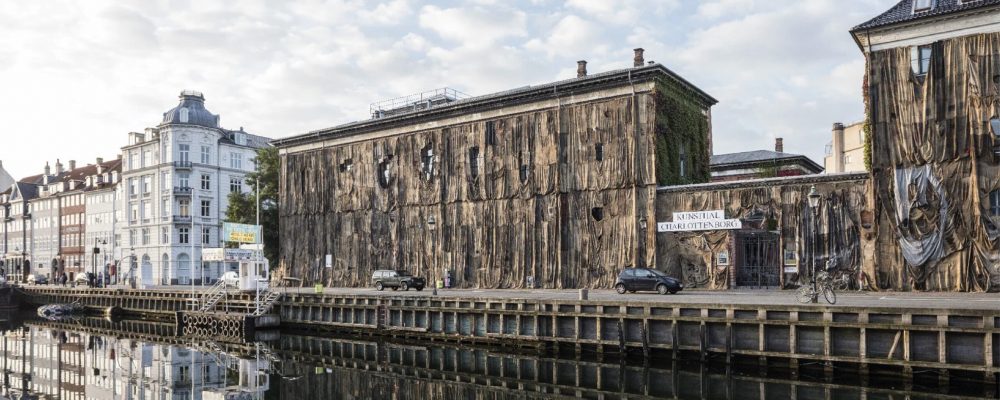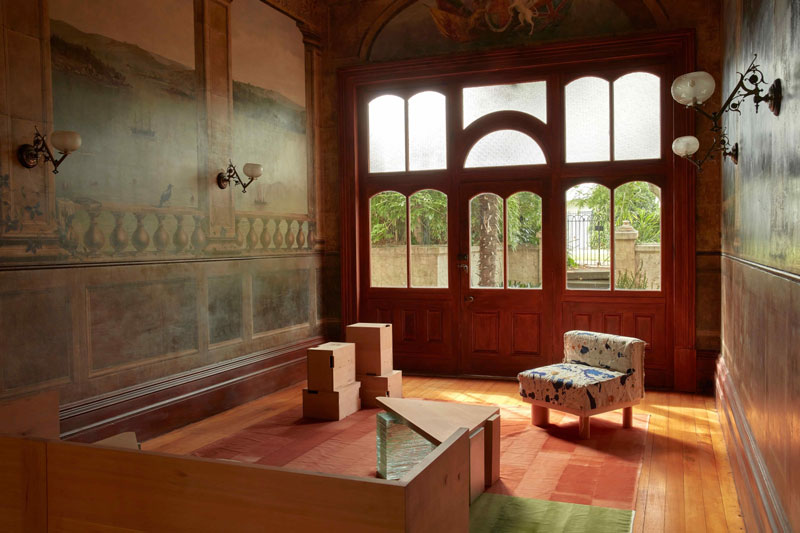
Futures Collective presented by Spence & Lyda
The exhibition features work from award-winning local designers Jon Goulder, Broached Commissions, Fiona Lynch Office, and Authentic Design Alliance, alongside acclaimed international designers Álvaro Catalán de Ocón and Lucy Kurrein, and more. Visitors will also find works by Australian digital printmaking artist Sophia Szilagyi, multidisciplinary artist and sculptor Greg Penn, and contemporary landscape artist Eduardo Santos, presented by Melbourne based art gallery Otomys. Taking over the heritage-listed mansion, the exhibition presents a series of unfolding experiences; each space features a curated body of work guided by the Melbourne Design Week theme, Design the World You Want.
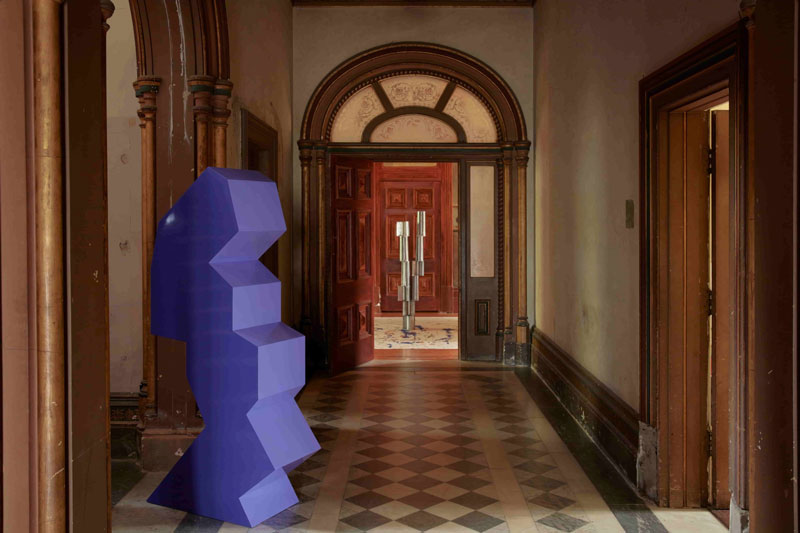
In collaboration with Jon Goulder, Fiona Lyda and the Spence & Lyda team launch Innate 2.0 – a collection of furniture crafted from Tasmanian oak and blackwood, finely honed dark stone and black powder coated steel with punctuations of brass. The design language is inherently minimal and elegant, with a distinct lightness achieved through a lean use of materials and desirable proportions. These pieces appear throughout Villa Alba as various iterations of the same concept – a console at the entrance sets the tone for the exhibition; a side table highlights the brilliant circular drawer detail; and a desk anchors the collection.
Broached Commissions presents the second edition of Broached Recall – a collection of tables and monoliths in heritage timber veneers from Elton Group’s archive. Linear and geometric, the intricacies of these pieces are easily perceptible upon interaction; detachable, magnetic handles reveal hidden storage compartments, and interesting timber grains incite curiosity. The richness of these sculptural and functional pieces is amplified against the decorative architecture of Villa Alba. The same room features one of Álvaro Catalán de Ocón’s sustainably made rugs from his collection Plastic Rivers, produced in collaboration with ACdO and GAN Rugs. Hand-tufted and crafted without knots from recycled plastic debris, each rug depicts an aerial image of the planet’s most polluted rivers.
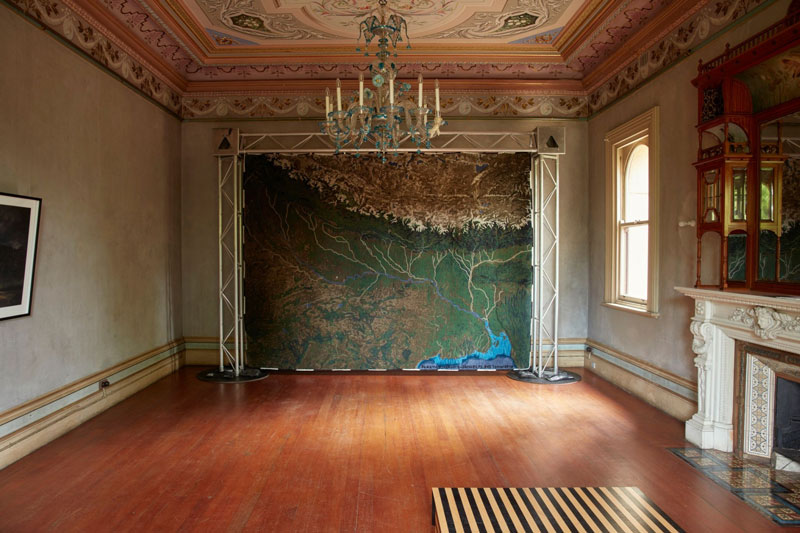
Futures Collective also sees Fiona Lynch Office launch its first capsule collection. Expanding on the studio’s commitment to sustainability, the pieces use raw building materials such as reclaimed timber, hand-worked aluminium, and slumped glass from offcuts, with a custom pigment splattered onto fabric reminiscent of artists’ drop sheets. Comprising low-set tables and stools as well as armchairs and a daybed, this collection is inspired by the office’s work on Ace Hotel in Sydney, and is presented alongside lighting by Volker Haug Studio. Upstairs, Marlo Lyda’s Remnants – a capsule collection of coffee and side tables conceived from stone offcuts and steel frames – is an elegant example of discarded materials with newfound purpose and aesthetic value. And Lucy Kurrein’s Bibendum modular sofa and Compagna lounge chair, which both launched at Milan’s Super Salone 2021, are strong additions.
As a culmination of important and thought-provoking design, Futures Collective is a compelling presentation of local and international work, strengthened by the aesthetic, historical and cultural value of the building in which it sits. Futures Collective will exhibit as part of Melbourne Design Week from March 17 – 26 at Villa Alba Museum in Kew.


KEW, VIC, AUSTRALIA
PHOTOGRAPHY
Sean Fennessy
WORDS
Millie Thwaites
written by : Millie Thwaites
7 Apr 2022
published in : thelocalproject.com.au
Last Posts
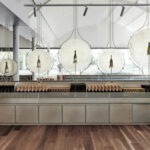
Chandon Australia by Foolscap Studio

LINA Architecture Platform Program
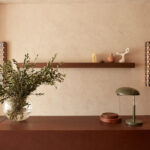
IN BED Armadale Store by Flack Studio

Host House by Splinter Society Architecture

Thomson House by C.Kairouz Architects



